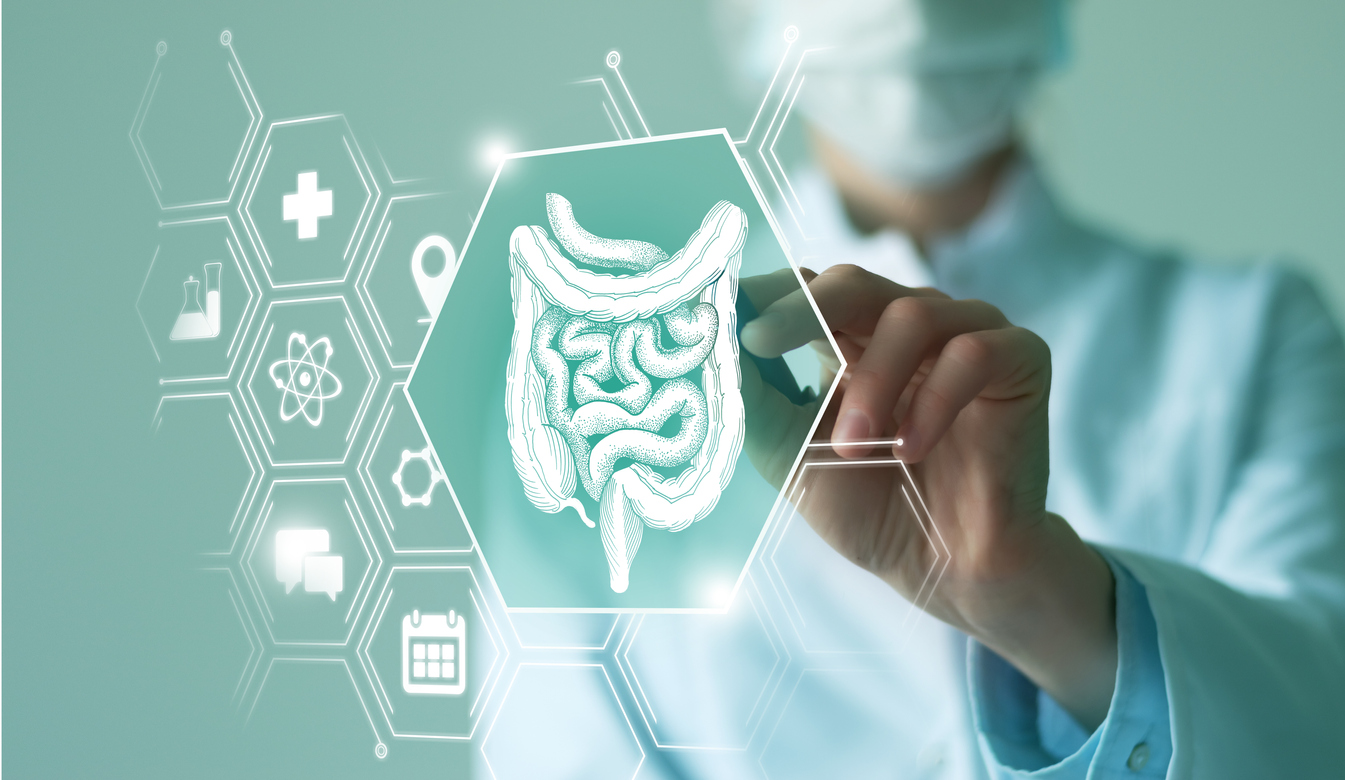A colonoscopy is a medical procedure used to examine the inner lining of the colon and rectum. It is a crucial tool for detecting abnormalities such as polyps, tumors, inflammation, and sources of bleeding. This article outlines the colonoscopy process and procedure, providing a clear understanding of what to expect.
Importance of Colonoscopy
Early Detection of Colon Cancer
Colonoscopy plays a vital role in the early detection and prevention of colon cancer. By identifying and removing polyps before they become cancerous, this procedure significantly reduces the risk of developing colorectal cancer.
Diagnosing Digestive Issues
A colonoscopy helps diagnose various digestive issues, including chronic diarrhea, constipation, abdominal pain, and unexplained weight loss. It allows doctors to visually inspect the colon and take biopsies if needed.
Preparation for Colonoscopy
Dietary Restrictions
A few days before the procedure, patients are advised to follow a low-fiber diet to ensure the colon is clear of any residue. The day before the colonoscopy, a clear liquid diet is typically required. This includes:
- Water
- Broth
- Clear juices
- Gelatin
- Tea and coffee without milk or cream
Bowel Cleansing
To thoroughly clean the colon, patients are given a bowel prep solution to drink the day before the procedure. This solution induces bowel movements to clear out any waste material. It’s essential to follow the instructions carefully to ensure the colon is adequately cleansed.
Medication Adjustments
Patients should inform their doctor of any medications they are taking, as some may need to be adjusted or temporarily stopped. Blood thinners, for example, may need to be paused to reduce the risk of bleeding during the procedure.
The Colonoscopy Procedure
Sedation and Monitoring
On the day of the procedure, patients are given a sedative to help them relax and minimize discomfort. Vital signs, such as heart rate, blood pressure, and oxygen levels, are monitored throughout the procedure.
Insertion of the Colonoscope
The doctor gently inserts a colonoscope, a long, flexible tube with a light and camera at the end, into the rectum and guides it through the colon. The camera transmits images to a monitor, allowing the doctor to examine the colon’s lining in real time.
Examination and Biopsy
As the colonoscope moves through the colon, the doctor carefully inspects the lining for any abnormalities. If polyps or suspicious areas are found, they can be removed or biopsied using special instruments passed through the colonoscope.
Duration and Recovery
The entire procedure typically takes between 30 minutes to an hour. Afterward, patients are monitored in a recovery area until the sedative wears off. It’s normal to experience some bloating, gas, or mild cramping due to the air introduced into the colon during the procedure.
Post-Colonoscopy Care
Resuming Normal Activities
Patients are advised not to drive or operate heavy machinery for at least 24 hours due to the lingering effects of sedation. Most people can resume their regular diet and activities the following day.
Monitoring for Complications
Although complications are rare, it’s essential to be aware of any unusual symptoms post-procedure, such as severe abdominal pain, fever, or significant bleeding. If these occur, contact a healthcare provider immediately.
Follow-Up and Results
The doctor will discuss the findings of the colonoscopy and any necessary follow-up steps. If polyps or abnormal tissues were removed, they would be sent to a lab for analysis. The results typically come back within a week, and the doctor will explain any further treatment or surveillance needed.
Colonoscopy is a valuable medical procedure that plays a pivotal role in the early detection and prevention of colorectal issues. Enabling doctors to examine the colon and rectum closely allows for the identification and removal of potentially harmful polyps and the diagnosis of digestive problems. Proper preparation, understanding of the procedure, and post-care can ensure a smoother experience and enhance the effectiveness of the examination. Regular screenings, especially for those at higher risk, can significantly contribute to better long-term health outcomes.
Conclusion
A colonoscopy is a critical procedure for the early detection and prevention of colon cancer and the diagnosis of various digestive issues. By understanding the preparation, process, and post-procedure care, patients can approach their colonoscopy with confidence and ease. Regular screening, as recommended by healthcare providers, can significantly impact long-term digestive health and overall well-being.



 Close
Close